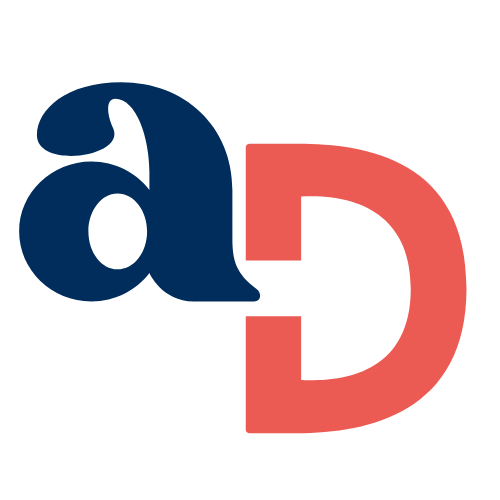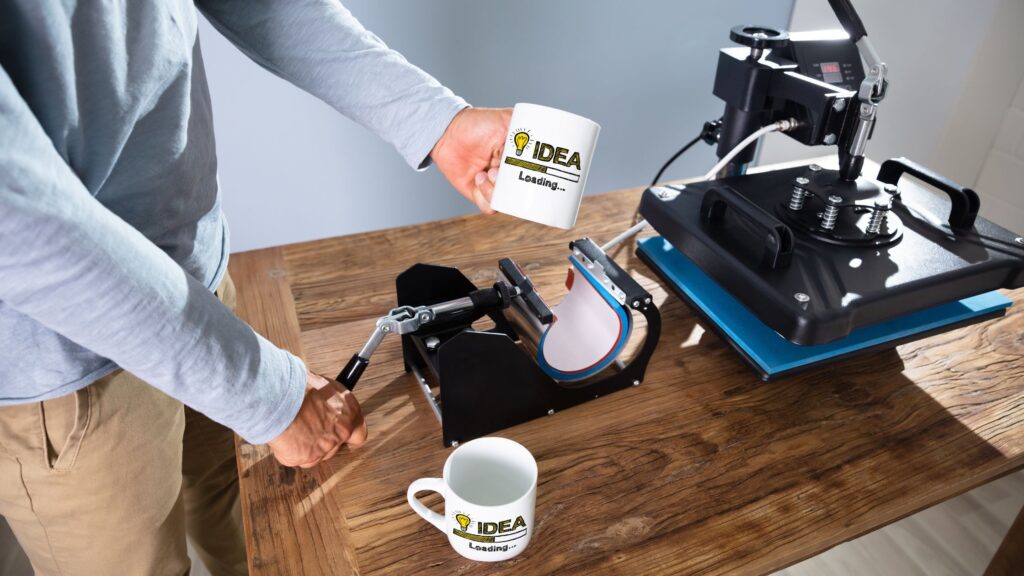Do you know the story of Crock-Pot?
Crock-pot, or some more familiar with the word slow cooker, is popular in American cooking. It is one of the greatest stories in American culinary history.
Irving Naxon, the guy who invented Crock-Pot, drew inspiration from his mother’s childhood story in Lithuania, her native town.
Every Friday afternoon, Irving’s mother would visit the local bakery.
There, she would take advantage of the still-warm oven, left to cool after baking, to cook the traditional uncooked stew known as Cholent.
She left it for a full day and returned at sundown to take the finally cooked Cholent from the oven. The family can enjoy the hot delicious pot of stew.
Inspired by his mother’s story, young Irving made an invention to create a small cooker that could function like the local bakery’s oven but with low cost and low electricity, like the Print-on-demand business today.
So what’s the fuss about Printing On Demand (POD)?
Unlike the mass-production printing methods where someone needs to make printing plates to print mass products, digital printing is an ideal and cost-effective option for customers who want to print good quality products fast, but not in large volumes.
The main principle of the POD model is simple: the printing job can only be created after the customer places an order.
POD is a business model that allows companies to print products according to specific demand with a design of the customer’s choice, in any quantity of the customer’s need, and at any time the customer wants.
Printing On Demand became popular because people ‘demand’ to create unique designs and want to personalize them.
Before digital printing technology was introduced, the process of printing was started in the form of screen printing in 1960. At that time screen printing was quite common in art and advertising. Pop artists like Andy Warhol and Roy Lichenstein were among the artists behind this popularity.
However, it was Michael Vasilantone who pioneered the screen printing trend to the masses. He developed his own printing machinery, and in 1969 he patented his invention, the “dual rotary printing press” to meet the market demand. This screen printing machine allows printing quicker and cleaner than any other method, at that time.
POD started to thrive when printers became available to the public in the 80s. The once only known as printing on paper had then evolved to print on fabric, famously known as direct-to-garment (DTG) printing. The first DTG printer was introduced in 1996 and called ‘Revolution’. The machine uses inkjet technology and it can print directly on textiles.
But it doesn’t stop there.
The printing industry has always walked side by side with technological advancement. In 2002 Benny Landa invented a nanotechnology-based print system and the next era of digital printing started with technology such as 3D print, Biometrics, Light print, and Green print.
The new way of printing process has changed the industry. Digital printing provides higher quality, cheaper, and more efficient printing jobs which then leads to the concept of the POD business model.
Printing On Demand is a new opportunity in the printing business
POD offers an advanced solution for customers who wish to create customized designs, personalized, and without minimum order, in a wide variety of media such as t-shirts, mugs, hats, memo pads, bags, and many more, even nails!
With the rapid growth of eCommerce, POD has become a profitable online business model where small companies and independent artists create their designs, apply them to any desired products, and print only in a specific demand.
Compared to any other printing method, Print On Demand is considered a low investment with a high return. There are no minimum order requirements and a great amount of money to be invested in inventory, so one can start with a small scale to jump into the business. Also, digital printers are relatively easy to use. The printing process is quick and the print results are mostly clear and consistent.
How does Printing On Demand business work?
The process is as simple as it sounds. Products are created after customers place an order. So the business model eliminated the need to have unnecessary inventory. This way, you can control the level of inventory and make changes when needed.
This system also allows clients to eliminate the expensive and time-consuming work such as color separations, plates, and all the pre-printing works. With the technology of digital printing, customers can easily print any product precisely the way they want it, fast, and with the desired quantity.
The overall workflow is roughly like this: The customer orders a product from your online store and sends the design, you get paid in the front for the product and delivery cost, start to create the product and print the client’s design on it, then ship product to the intended destination in your invoice. Done.
The orders can be placed from clients anywhere without having to do the transaction face to face. Indeed the 21st century of doing business.
What are the benefits of selling Printing On Demand?
Unlike traditional offset printing which needs to mass-produce and create expensive printing plates that are time-consuming and often wasteful. Digital printing makes the printing process so much easier, cost-effective, and relatively inexpensive. The technology supports customers’ visual imagination to have a rich desirable colour printing the way they want it.
Another benefit of POD is you can offer a lot of products to your clients.
Not only books and t-shirts, but the digital printing process has also enabled clients to print their customized designs to a wide variety of products you can imagine such as mobile cases, tumblers, pillows, watches, and many multi-tool accessories.
What are the drawbacks of selling Printing On-Demand products?
Although the risk is lower, it doesn’t mean Print On Demand is free of risks. Because there is no minimum order, doesn’t mean the method of production is cheaper. Products in Print On Demand are mostly sold by units. As a result, the cost of printing is higher than that of printing in big volumes. In many cases, the shipping fees to the customers are even higher than the product itself. The number of products often can not cover the delivery cost.
POD businesses rely heavily on service, and dealing with customers is quite challenging especially if they are online. Changing orders, missing deliveries, and product returns are all common issues in the Print On Demand business. And because they are customized, reselling the return products from customers is not an option.
What are popular products to be Printed On Demand?
Almost any products that come to mind can be customized printed. The most popular ones are t-shirts, hoodies, blankets, wall art, phone and laptop cases, mugs, bags, and many others. When it comes to printed products, it’s crucial to use the best ink that won’t come off easily or crack when used.
Offer a variety of POD products that have good quality so you can minimize the return of products from customers. Some companies also provide less commercial POD merchandise options such as headphones, kitchen gadgets, yoga pants, sneakers, and other unique items. The key is to be innovative, up to date, and if possible be the first that come up with a new idea.
How to sell Printing On Demand service?
With all this glory of the digital printing story and the flexibility that it has in creating POD products, how to run a successful Print On Demand business once everything is set up?
Like any other business, you just need to sell, sell, and sell!
And one thing about selling, it is not happening in just one night. Building trust and establishing your brand’s presence in the market will definitely take time. You need to have consistent marketing efforts, build quality customer service, and understand your customers’ needs.
You can consider implementing a multi-channel approach, where your products are visible across various platforms, allowing potential customers to encounter your offerings multiple times.
But one thing is for sure, Print On Demand business is meant for eCommerce.
Your existence online is as important as your offline store, and the additional profit center online is not a big investment anyway.
Start testing the market by selling unique designs and products. Find your niche, and see what works in today’s market. Integrating with other platforms is always a good option to use, for example, your presence on your own website, Amazon, Pinterest, Etsy, and many local marketplaces.
Focus on one at first, but make sure other options are available.
Here, you build your own supply chain. You can also make your products available for dropshipping. So there is no need for you to find a niche market, market through social media, or even create the designs and trends. Leave the front war to your dropshippers.
By diversifying your reach, you not only increase your brand visibility to the market but also create multiple revenue streams for your POD business. Remember, flexibility and adaptability are key in navigating the ever-evolving landscape of e-commerce.
Printing On Demand has become a game-changer.
The business model offers a cost-effective, flexible, and accessible approach to customized printing. It also opens up new opportunities, particularly in the eCommerce realm, enabling small companies and independent artists to thrive.
While there are numerous benefits in the POD business, there are also some challenges that can’t be ignored such as higher printing costs, no control over product quality, and dealing with many types of customers (especially online customers).
The key lies in a strategic approach: understanding your target market, offering diverse high-quality products, and implementing effective marketing across multiple platforms.
As the POD industry continues to evolve, embracing innovation and staying attuned to market trends will be crucial for sustained success in the dynamic world of print customization.

